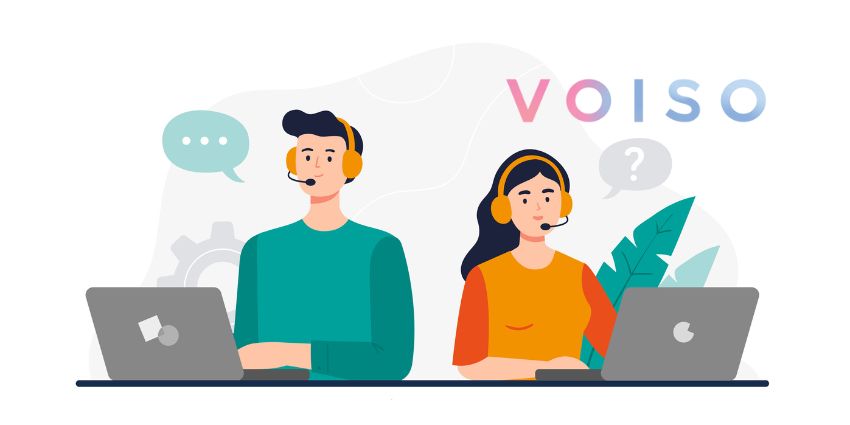51 percent of customer service journeys now start on third-party platforms, including search engines, AI apps (like ChatGPT), and social media.
That’s according to Gartner’s latest industry report, which highlighted Google, YouTube, and ChatGPT as the three most common third-party platforms customers start from.
The trend is particularly pronounced amongst Gen Z, with 74 percent of customers in this generation initiating their journeys through third-party platforms.
While Gartner doesn’t delve into the reasons behind the trend, its statistics signal high trust levels in these platforms, including GenAI solutions, despite widespread hallucinations.
That trust seemingly extends to community support sites, with Reddit another fast-growing channel.
Yet, Gartner’s report perhaps also reflects the glut of ineffective, previous-generation self-service tools and the never-ending issue of brands burying contact information on their sites.
Repeated negative experiences like these seemingly drive customers to explore new routes to resolving their issues.
Whatever the case, Keith McIntosh, Senior Principal of Research in the Gartner Customer Service & Support practice, said: “Third-party platforms have become the new front door for customer service.
Organizations must rethink their service strategies to account for the platforms their customers already know and trust.
These companies must also be cognizant of customer AI assistants (or “machine customers”), which – in the coming years – will be native on search engines and mobile devices.
In February, Google released a patent for one such on-device bot that answers incoming calls, beckoning a new age for business-to-AI communications.
Only 22% of Customers Rely on First-Party Customer Channels for End-to-End Service
According to Gartner, just 22 percent of customers start, stay, and resolve their queries entirely using first-party company channels.
Meanwhile, customers enjoyed a 62 percent average success rate in resolving their issues through Google and YouTube.
That gap is a concern. Fortunately, McIntosh weighed in on how to close it. He said:
This disparity emphasizes the need for companies to enhance their self-service offerings and integrate advanced AI technologies to meet evolving customer expectations.
“This strategy not only streamlines service delivery but also aligns with the diverse preferences of customers navigating multiple service modalities,” concluded the Gartner man.
Yet, perhaps the aim shouldn’t only be to compete with third-party platforms. Instead, contact centers may need to consider how customers are solving their issues through these third-party platforms and how they can influence their experiences.
After all, no matter how good a company’s AI front door is, many customers will automatically resort to a third-party platform out of habit.
Indeed, if they take bad advice from such a platform, they may become frustrated with the product and go elsewhere, with the company none the wiser.
As such, CX teams should consider their customers’ top queries, the experiences third-party platforms provide against those, and try to influence them.
Alternatively, they may wish to add mechanisms that pull customers from third-party systems into a trusted, relevant first-party support experience.
Another Fascinating Trend to Watch…
Customer journeys are extending with the rise of subscriptions and connected devices. That is increasing the load on support and the likelihood that customers will turn to third-party platforms.
Recognizing this, more businesses are considering new ways to integrate first-party service into the journey.
As a result, they can make sure customers choose trusted first-party service options at critical touchpoints, while navigating them around known pain points.
The strategy also aligns with the classic principles of customer service recovery, which dictate that customers are happier when they face an issue and it’s solved adeptly than if the problem had never occurred in the first instance.
Recognizing this, more brands may deliberately fail to address customer journey faults, provoke human interaction, and build a relationship with an excellent service experience.
As humans get taken out of the loop and businesses have fewer opportunities to build these connections, such strategies may catch on.







